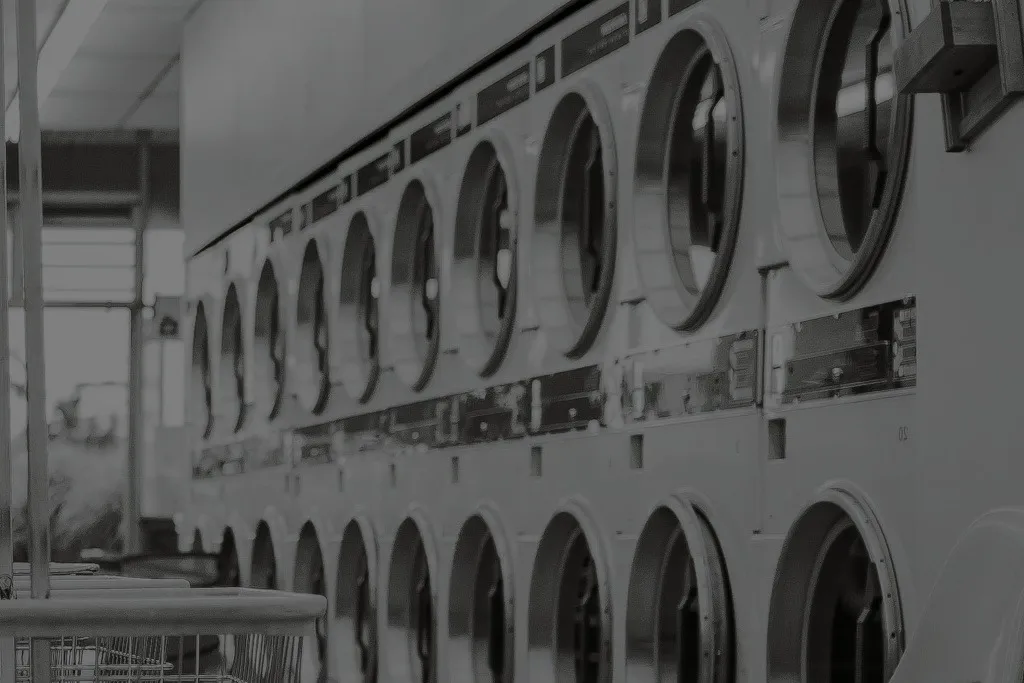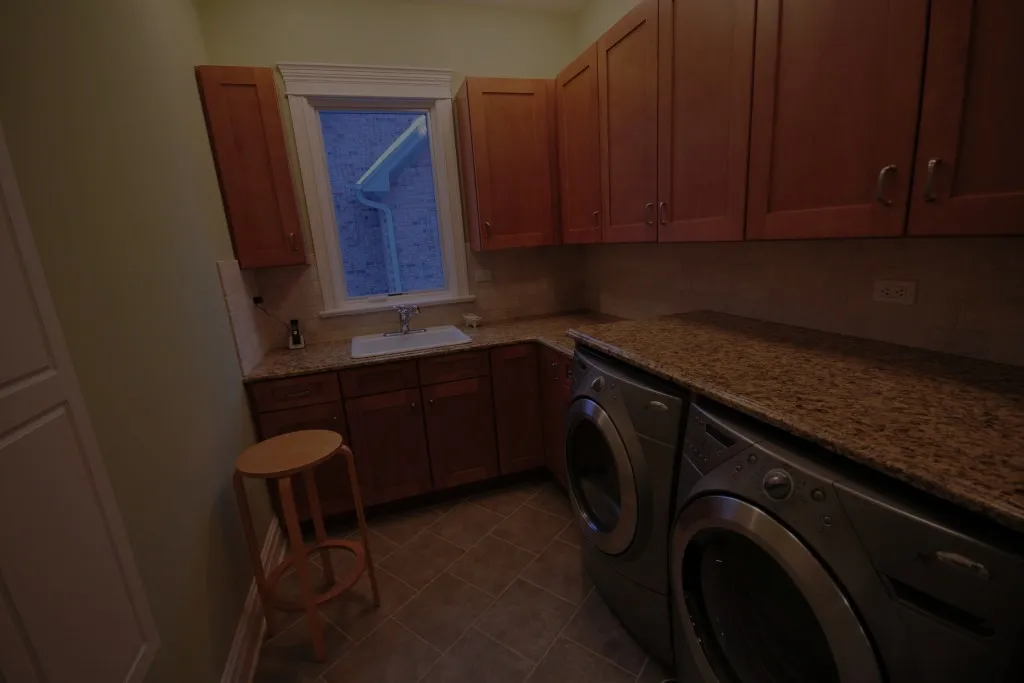
Troubleshooting Pressure Washer
Anyone with a portable power washer can tell you they are great tools. When used properly, a pressure washer can reduce the time and effort required to clean decks and cars. Gas-powered pressure washers use an internal engine to power a water pump. The result is highly pressurized and sprayed through a handheld tool attached to a flexible hose. As with all machines, pressure washing units can malfunction. They can come in many forms but fall into two general categories: engine and pump/wand issues. Continue reading to learn how to repair and maintain a pressure washing machine. Knowing how to fix a pressure wash is relatively easy.
Engine Will Not Run
Your carburetor may be clogged up with old gasoline if you’ve sat the engine for a while and it won’t start. You can try opening the carburetor plug and letting some old fuel out. After you have checked the oil, choke, and other components, if your car still doesn’t start, you may have a partial obstruction in one of the carburetor passages. To clear it, you’ll need to remove and disassemble the carburetor before cleaning it with carburetor cleanser. If you don’t feel comfortable taking apart and reassembling tiny, vital parts, do not try this on your own.

Little Or No Water Pressure
If you have a pressure washer that starts and runs well, but no water or pressure comes out of the pump, this could be due to a clogged wand or hose. It’s a relatively simple problem to solve. Hatch a hose onto the washer’s intake and turn it ON to isolate the problem. Water will flow out of the outlet when water is being circulated. Your inlet filter may have clogged. If it is, remove and clean the filter. Start the process engine. Hook up the hose and check if the system works. If it doesn’t work, the hose may be kinked or collapsed. Or perhaps your Wand needs to be cleaned. You can likely fix both problems quickly and easily without professional help.
Water Leakage From Pump
The pressure washer pump must be cleared of compressed air before use. Pump the handle to release water from the Wand before starting the engine. The unpurged gas can damage the valves. You can replace them individually on some pressure washers, but you may need to replace the entire pump in others. A defective thermo-release valve can also cause pump leaks. This valve allows heated, pressed water to exit the pump when the washer runs too long without pushing the trigger. It’s defective if the thermal release is leaking water continuously.
Water is leaking from the Wand
Another common place for leaks is the bottom end of a wand’s hose attachment. The leaks here reduce the pressure and make your arm and sleeves soaked. Disassemble the screws holding together the Wand, and store them safely. Under a bright, white light, carefully examine the inner workings. If you see any cracks in the Wand, you must replace it. After you have checked for any cracks, inspect the condition of the rubber O rings in the Wand. A cracked or brittle O-ring probably causes your leak. According to your owner’s manual, you should replace them with identical rings of the same size and thickening.
Strange noises from the pump and no water flowing
It’s possible that you made a common and critical mistake when you used your pressure wash last year. If you live in a cold winter climate, it is important to drain your pressure wash of all water and fill it with antifreeze before winter storage. You’ll most likely leave water in your pump if you don’t do this. In the winter, this water will freeze and expand, causing severe damage to your machine’s pump. You will only have one option if this happens: buy a replacement. Online videos can guide you in the installation of a new pump. You can also call a professional.

